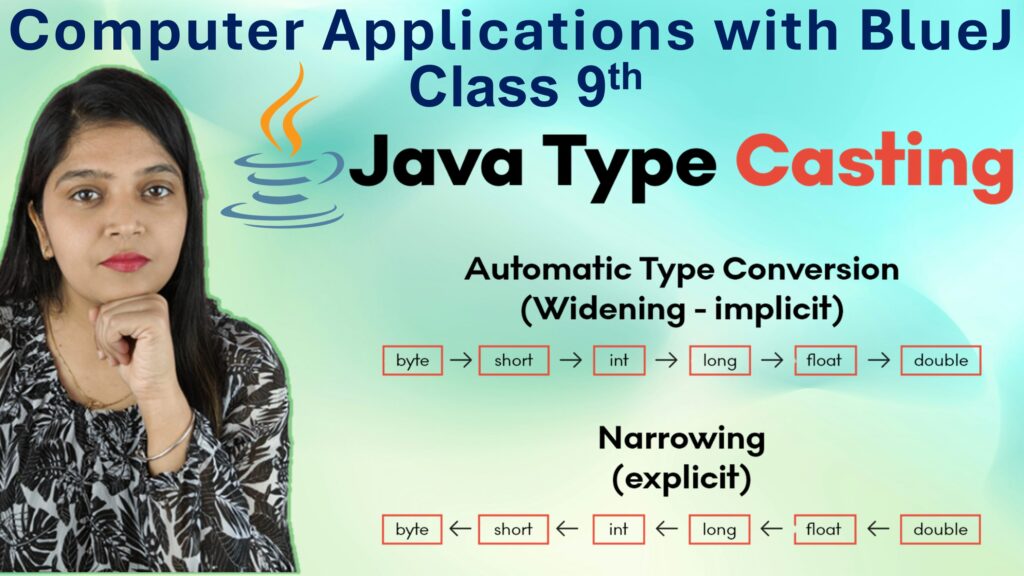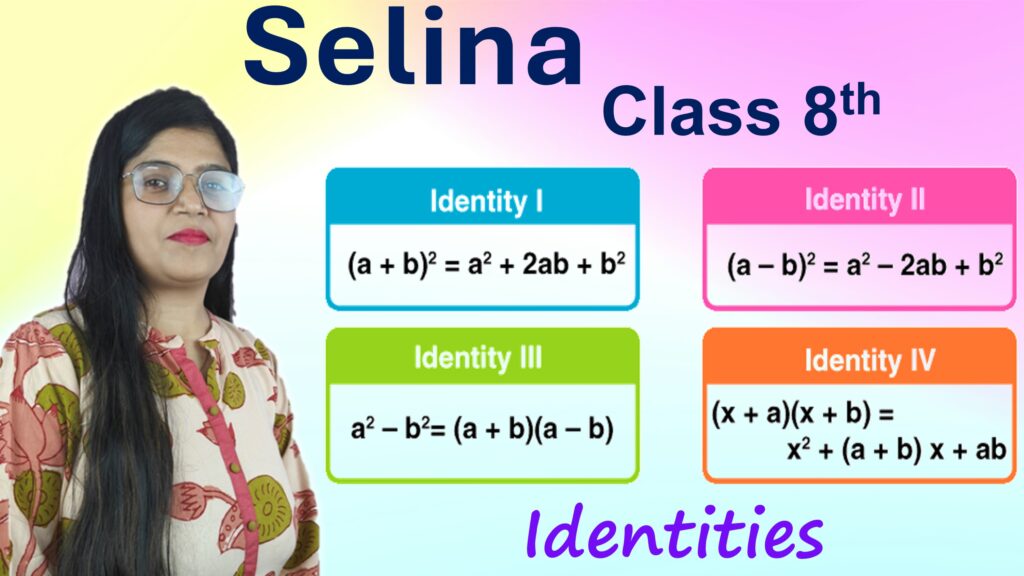Exercise: 8-E
COMPETENCY FOCUSED QUESTIONS
Q1: Simple interest on a certain amount is \(\frac{9}{16}\) of the principal. If the numbers representing the rate of interest (in percent) and time (in years) be equal, then the time for which the principal is lent out, is:
Step 1: Let the principal be ₹P.
Given:
\[
SI = \frac{9}{16}P
\]Step 2: Use the formula:
\[
SI = \frac{P \times R \times T}{100} \\
\Rightarrow \frac{9}{16}P = \frac{P \times R \times T}{100}
\]Step 3: Since rate and time are equal, let both be \(x\).
\[
\Rightarrow \frac{9}{16}P = \frac{P \times x \times x}{100} \\
\Rightarrow \frac{9}{16} = \frac{x^2}{100} \\
\Rightarrow x^2 = \frac{9 \times 100}{16} = \frac{900}{16} = 56.25 \\
\Rightarrow x = \sqrt{56.25} = 7.5
\]Answer: d. \(7\frac{1}{2}\) years
Q2: The compound interest earned by Deepak on a certain amount at the end of 2 years at the rate of 5% p.a. was ₹1025. The amount received by Deepak at the end of 2 years (principal + interest) is:
Step 1: Let the principal be ₹P.
Rate \(R = 5\%\), Time \(T = 2\) years.
We use the compound interest formula:
\[
CI = P \left(1 + \frac{R}{100} \right)^T – P = P \left[\left(1 + \frac{5}{100} \right)^2 – 1 \right] \\
\Rightarrow CI = P \left[\left(\frac{21}{20}\right)^2 – 1 \right] = P \left[\frac{441}{400} – 1 \right] \\
\Rightarrow CI = P \left(\frac{41}{400} \right)
\]Step 2: Set CI = ₹1025:
\[
\frac{41}{400}P = 1025 \\
\Rightarrow P = \frac{1025 \times 400}{41} = ₹10000
\]Step 3: Amount = Principal + Compound Interest
\[
A = ₹10000 + ₹1025 = ₹11025
\]Answer: a. ₹11025
Q3: Which of the following is a better deal for you?
Option (a): ₹1,00,000 at 20% p.a. Simple Interest for 2 years
Step 1: Use the formula:
\[
SI = \frac{P \times R \times T}{100} = \frac{100000 \times 20 \times 2}{100} = ₹40000
\]
Amount to be paid = ₹1,00,000 + ₹40,000 = ₹1,40,000
Option (b): ₹1,00,000 at 15% p.a. Compound Interest for 2 years
Step 2: Use the formula:
\[
A = P \left(1 + \frac{R}{100} \right)^T = 100000 \left(1 + \frac{15}{100} \right)^2
= 100000 \times \left(\frac{23}{20}\right)^2 = 100000 \times \frac{529}{400}
= ₹132250
\]Step 3: Compare both amounts:
Amount in (a) = ₹140000
Amount in (b) = ₹132250
Answer: b. You borrowed ₹1,00,000 at 15% p.a. compounded annually for 2 years.
Q4: What would be the amount after 4 years when interest is compounded half-yearly, interest rate = 10% per 2 years, principal = ₹5000?
Step 1: Understand the given rate.
Rate is given as 10% per 2 years ⟶ So, rate per year = \( \frac{10}{2} = 5\% \)
Since interest is compounded half-yearly ⟶ rate per half year = \( \frac{5}{2} = 2.5\% \)
Step 2: Time = 4 years = 8 half-years
Step 3: Use compound interest formula:
\[
A = P\left(1 + \frac{r}{100} \right)^n = 5000\left(1 + \frac{2.5}{100} \right)^8
\]Answer: c. ₹\(5000\left(1+\frac{2.5}{100}\right)^8\)
Q5: Amit wants to invest ₹1,00,000 in a bank. He has two options as below:
Scheme 1: Rate of interest = 3% p.a and time period 2 years.
Step 1: Use SI formula:
\[
SI_1 = \frac{P \times R \times T}{100} = \frac{100000 \times 3 \times 2}{100} = ₹6000
\]
Amount after 2 years = ₹100000 + ₹6000 = ₹106000
Scheme 2: Rate of interest 2% p.a and time period 3 years.
Step 2: Use SI formula:
\[
SI_2 = \frac{100000 \times 2 \times 3}{100} = ₹6000
\]
Amount after 3 years = ₹100000 + ₹6000 = ₹106000
Step 3: Compare both schemes:
– Both schemes give the same total amount: ₹106000
– But Scheme 1 gives it in 2 years while Scheme 2 gives it in 3 years.
– Therefore, Scheme 1 is better because Amit earns the same amount in less time.
Answer: c. Both the schemes will give the same amount
Q6: Reena invested ₹5000 for 6 months at 10% annual rate of interest, compounded annually. Vineeta invested the same amount of money for 6 months at the same annual rate of interest but compounded half-yearly. Who will get more money at the time of maturity?
Reena: Compounded Annually
Step 1: Time = 6 months = 0.5 years, Rate = 10% per annum
Since interest is compounded annually and time is less than 1 year, Reena will receive no compound interest.
Only simple interest is considered in such a case:
\[
SI = \frac{5000 \times 10 \times 0.5}{100} = ₹250
\]
Amount = ₹5000 + ₹250 = ₹5250
Vineeta: Compounded Half-Yearly
Step 2: Time = 6 months = 1 half-year
Rate per half-year = \(\frac{10}{2} = 5\%\)
\[
A = P \left(1 + \frac{r}{100} \right)^n = 5000 \left(1 + \frac{5}{100} \right)^1 = 5000 \times \frac{105}{100} = ₹5250
\]Step 3: Compare the two:
Reena: ₹5250
Vineeta: ₹5250
Both get the same amount.
Answer: c. Both will get the same amount
Q7: At a certain rate of simple interest, a certain sum doubles itself in 10 years. It will treble itself in:
Step 1: Let the principal be ₹P.
If it doubles in 10 years, then:
\[
\text{Simple Interest (SI)} = P \quad \text{in 10 years} \\
\Rightarrow \text{Rate per year} = \frac{SI \times 100}{P \times T} = \frac{P \times 100}{P \times 10} = 10\%
\]Step 2: To treble, final amount = ₹3P
So, Interest = ₹3P − ₹P = ₹2P
Step 3: Use SI formula to find time:
\[
SI = \frac{P \times R \times T}{100} \\
\Rightarrow 2P = \frac{P \times 10 \times T}{100} \\
\Rightarrow 2 = \frac{10T}{100} \\
\Rightarrow T = 20\ \text{years}
\]Answer: c. 20 years
Q8: If the compound interest on a certain sum of money for 3 years at 10% p.a be ₹993, then what would be the simple interest?
Step 1: Let the principal be ₹P.
Compound Interest (CI) for 3 years at 10% p.a. is given: ₹993
We use the CI formula:
\[
CI = P \left[\left(1 + \frac{R}{100}\right)^T – 1 \right]
\Rightarrow 993 = P \left[\left(1 + \frac{10}{100}\right)^3 – 1 \right] \\
\Rightarrow CI = P \left[\left(\frac{11}{10}\right)^3 – 1 \right] = P \left[\frac{1331}{1000} – 1 \right] \\
\Rightarrow CI = P \left[\frac{331}{1000} \right]
\]Step 2: Solve for P:
\[
993 = P \times \frac{331}{1000} \\
\Rightarrow P = \frac{993 \times 1000}{331} = ₹3000
\]Step 3: Now find Simple Interest (SI):
\[
SI = \frac{P \times R \times T}{100} = \frac{3000 \times 10 \times 3}{100} = ₹900
\]Answer: b. ₹900
Q9: The differences between the compound interest and the simple interest on a certain sum at 5% p.a for 2 years is 150. The sum is:
Step 1: Use the formula for difference between CI and SI for 2 years:
\[
\text{Difference} = P \times \left( \frac{R^2}{100^2} \right) \\
\Rightarrow 150 = P \times \left( \frac{5^2}{100^2} \right) = P \times \frac{25}{10000}
\]Step 2: Solve for P:
\[
150 = \frac{25}{10000} \times P \\
\Rightarrow P = \frac{150 \times 10000}{25} = ₹60,000
\]Answer: d. ₹60,000
Q10: Price of 1 kg of an Indian spice is ₹12,000. If its price increases at the rate of 10% every 6 months, what would be the price of 1 kg spice after 2 years?
Step 1: Since the increase is 10% every 6 months, and there are 2 years = 4 half-years:
\[
\text{Rate per half-year} = 10\% \\
\quad \text{No. of periods} = 4
\]Step 2: Apply compound interest formula:
\[
\text{Price after 2 years} = 12000 \left(1 + \frac{10}{100} \right)^4 = 12000 \left( \frac{110}{100} \right)^4
\]
Answer: b. ₹\(12,000\left(1+\frac{10}{100}\right)^4\)
Q11: x is the simple interest on y and y is the simple interest on z, both for same period and the same rate. x, y and z are connected as:
Step 1: Use simple interest formula:
\[
SI = \frac{P \times R \times T}{100}
\]Let the common rate = \(R\)% and time = \(T\) years.
Given:x is the simple interest on y ⟹
\[
x = \frac{y \times R \times T}{100} \quad \text{(i)}
\]y is the simple interest on z ⟹
\[
y = \frac{z \times R \times T}{100} \quad \text{(ii)}
\]Step 2: Divide (i) by (ii)
\[
\frac{x}{y} = \frac{y R T \times 100}{100 \times zRT}\\
\frac{x}{y} = \frac{y}{z}\\
xz = y^2
\]Answer: c. \(y^2 = xz\)







Leave a Comment